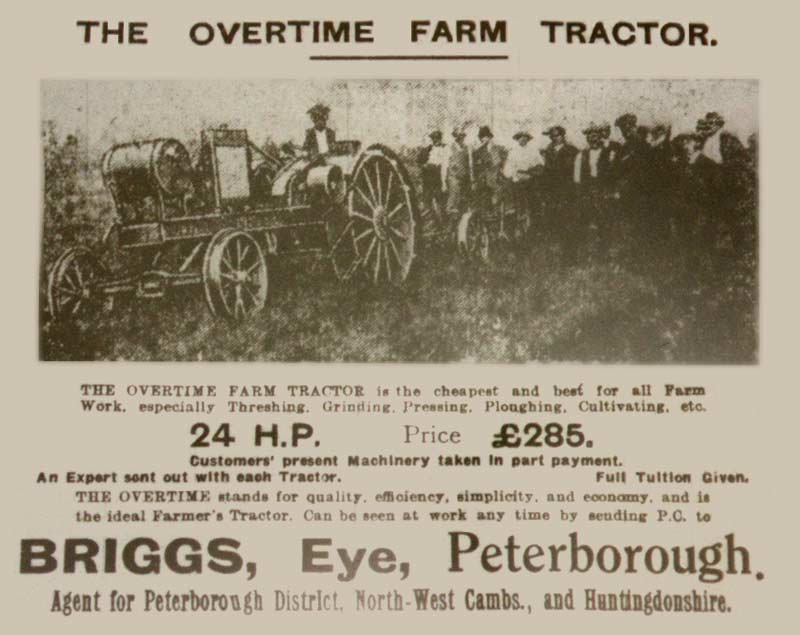
Welcome to what I hope is one of the most interesting and in-depth parts of the website. Since the establishment of a monastic manor at Eyebury in the 12th century, Eye has had a rich and diverse history.
2014 was the Centenary of the start of the Great War which began on July 28, 1914, and ended on November 11, 1918. Britain itself entered the war on the 4 August 1914. As part of this, I released a full digital version of the Souvenir Book of Eye. This is the first time to my knowledge this unique book has been available to read online. The book was published in 1920 as a memory of the Eye Patriotic Society and all those that came from the village and fought in the Great War.
The passage of time hasn’t been great to the village’s heritage and names such as Taffy’s Hole, Waverly Villa and the Wheatsheaf Inn have been lost to history, but thankfully buildings such as the 17th-century public house, 19th-century church and the track bed to the east of the village still remain. Eye has always been a working village, from its long farming history to the brickyards and railway to the many small businesses that now populate the village.
This section is dedicated to that past. The village has a range of archaeological features and has been here in some form for over 1000 years. Dating from the Bronze Age is a cremation, drove road, field system, pits and post holes and roundhouses. To the west is Car Dyke built by the Romans around 200 AD.
Well done on the web site. My mother came from Eye – born 1906 – She lived on Peterborough Road with her parents and siblings – now the site of the caravan site. Thanks again, it’s a great site. Toni Smith MBE
Most of the information on here has been gathered from the archive of Peterborough Library (and thanks to the helpful and friendly staff who work in the archive section), the internet and Google books. I also recommend Eye Life (1971) by Vicar at the time Philip J Randall.
Last I came across this little gem in a newspaper article from January 1895: “On Thursday morning Ernest Collision, a lad, whilst standing near the Infant School in Eye commenced to lick one of the iron rods of the fence when his tongue became frozen fast to the iron. The poor little fellow could not call for help and had it not been for the providential appearance of Mr George Pask, who ran and fetched some warm water and loosened the imprisoned member, the consequences might have been very serious.” I do hope young Ernest learned his lesson and went on to have a full and productive life.
Do you have any old photos of the village I can share on this site? Or maybe you’ve got something you’d like to add. If so please send them to info@eyepeterborough.co.uk.
Thank you for visiting the heritage section of the Eye website. I regularly update this section so please check back often. If you have anything you’d like to add or memories to tell please use the guest book or contact me directly. You can also join the Memories of Eye Group.

